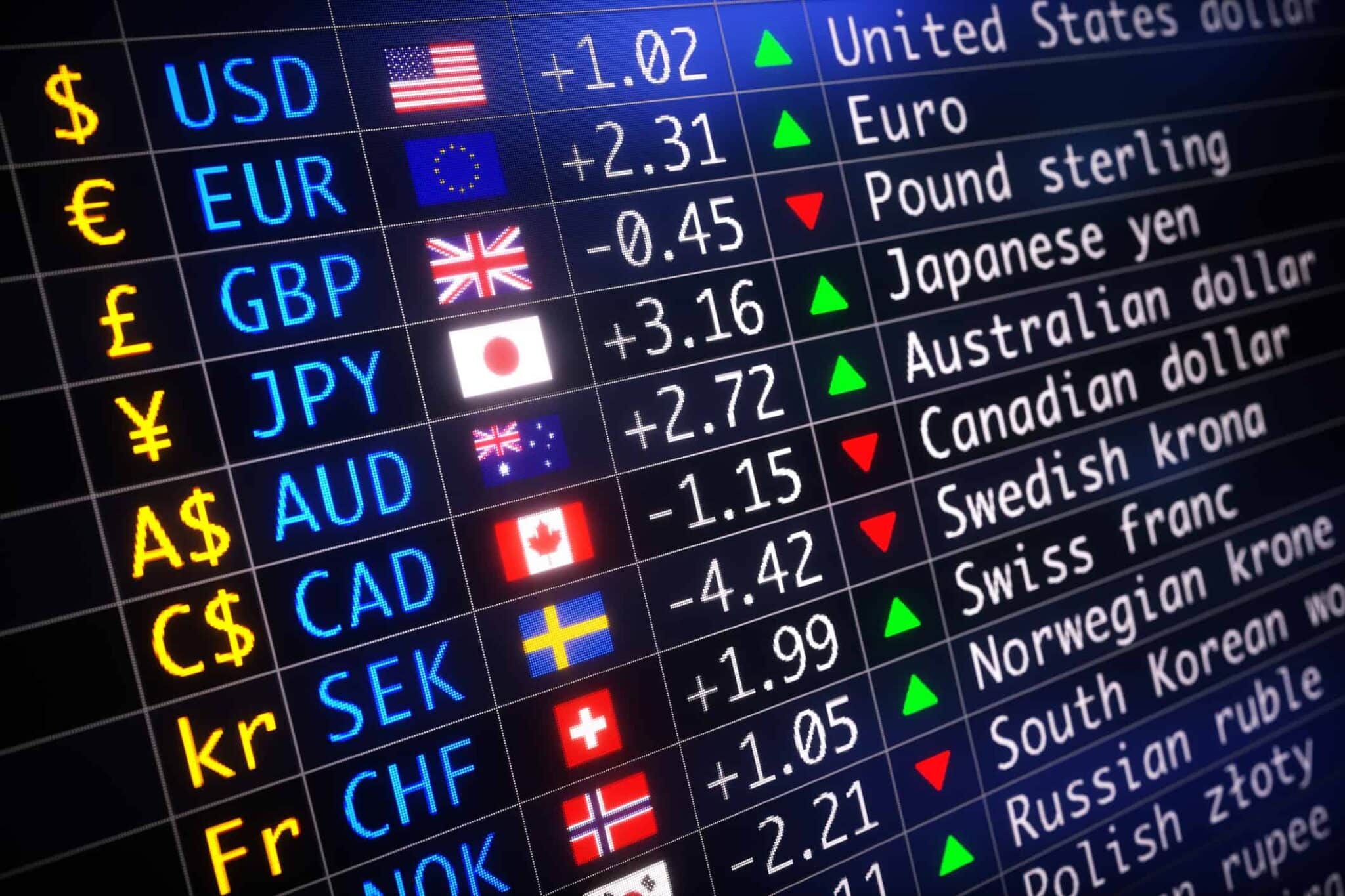In today's interconnected landscape, the forex market stands as a vibrant arena shaped by a myriad of factors, especially geopolitics at the forefront. As currencies vary in response to global events, political choices, and economic changes, traders have to navigate a complex landscape in which knowledge and strategy are paramount. Grasping how geopolitical developments impact forex trading is vital for anyone looking to succeed in this fast-paced environment.
This article delves deep into the intricate connection between geopolitics and forex markets, examining how international affairs shape currency values and trading opportunities. Ranging from economic sanctions to political instability, the forces at play can create both challenges and opportunities for traders. By understanding these dynamics, traders can improve their decision-making processes, allowing for more strategic approaches to trading that consider the broader implications of global events.
Understanding Foreign Exchange Fundamentals
Forex, or foreign exchange, is the international marketplace for trading national currencies versus one another. With a daily volume of trades exceeding six trillion USD, it is one of the biggest financial exchanges in the world. In contrast to other monetary exchanges, Forex operates 24 h/7 a day, five days a week, allowing traders to participate at any time. Currencies are exchanged in couples, such as EUR/USD or Pound/Yen, where one currency is traded for another.
The fundamental principle behind Forex trading is the value movement of currency pairs. Investors buy one currency while at the same time selling another, speculating on the exchange rate's trend. This involves comprehending how different factors, including economic indicators, interest rates, and political events, influence currency values. It’s important for traders to understand these concepts to make informed trading choices and modify their strategies based on the state of the market.
Leverage is a key aspect of Forex trading, allowing traders to control larger positions with a smaller amount of money. While leverage can increase gains, it also heightens the likelihood of substantial losses. Consequently, proper risk management is vital for success in Forex trading. New traders should familiarize themselves with fundamental strategies, tools, and the psychology behind trading to find their way through this dynamic landscape effectively.
Essential Market Techniques
Regarding successful forex trading, implementing successful strategies is key for boosting profits and minimizing losses. One common approach is swing trading strategy, which focuses on seizing short to medium-term market movements. Traders who follow this strategy commonly hold positions for multiple days to weeks, capitalizing on technical analysis to spot potential price swings. ea forex best can be particularly beneficial for those who prefer not to observe the markets around the clock, allowing for a more adaptable trading schedule.
Another popular strategy is intraday trading, which entails making multiple trades within a solitary day to exploit intraday price fluctuations. Day traders typically depend on technical indicators and real-time data to guide their decisions, aiming to close all positions before the market shuts to avoid overnight risks. This fast-paced trading style necessitates a solid understanding of market trends, as well as the ability to make quick decisions based on changing conditions.
For traders wanting to include more sophisticated techniques, leveraging multiple time frames for analysis can boost decision-making. By reviewing price charts across different time frames, traders can obtain a comprehensive view of market trends and potential entry and exit points. This strategy helps in discovering the larger trend while simultaneously allowing for exact timing on shorter time frames, ultimately leading to more informed trading decisions.

Handling Risks in Forex
Managing risks in Forex trading is vital for long-term gains. A key method is to adopt a sound hazard management strategy, which usually involves determining the amount of money you are able to risk on a individual transaction. A common principle is to restrict risk to 1 or 2 percentage of your overall trading account per trade. This strategy allows participants to absorb a string of losses without substantially affecting their trading capital, thus guaranteeing longevity in the market.
Additionally key element of hazard mitigation is the use of stop loss and take-profit orders. These instruments enable investors to specify termination targets for their transactions, instantly liquidating trading positions when a certain gain amount is reached or losses go beyond a set cap. This automation helps to lessen emotional judgments during unstable trading situations, allowing traders to follow to their investment strategies without being easily affected by trading fluctuations.
In addition, building a solid trading strategy that includes appropriate reward-to-risk comparisons is crucial. Profitable traders often seek out opportunities where potential rewards considerably surpass the threats, commonly seeking a ratio of at least 2:1. By emphasizing high-likelihood opportunities and upholding rigor in executing trades, investors can successfully mitigate risks and maximize their chances of achieving consistent gains in the Forex trading environment.
